Platelet-Rich Plasma (PRP) therapy is an advanced regenerative treatment that uses a patient’s own blood to promote healing. The process involves extracting blood, separating the platelets through centrifugation, and injecting the concentrated plasma into the affected area. PRP is widely used for various medical and aesthetic purposes, including wound healing, hair restoration, and joint pain relief.
PRP and Its Benefits for Diabetic Patients:
Diabetes often leads to slow wound healing, nerve damage, and chronic pain. Platelet-Rich Plasma Treatment for Diabetics (تكلفة علاج بالبلازما الغنية بالصفائح (PRP) لمرضى السكر) has gained attention for its potential to accelerate tissue repair and reduce inflammation. The growth factors in PRP stimulate cellular regeneration, enhancing the body’s natural healing ability. For diabetics, this could mean improved circulation, reduced risk of infections, and faster recovery from injuries.
How PRP Works for Wound Healing:
One of the biggest challenges for diabetics is delayed wound healing, particularly in the lower extremities. PRP injections help by promoting the formation of new blood vessels and boosting collagen production. This enhances tissue repair and reduces the risk of ulcers or complications. Research suggests that PRP can be beneficial in managing diabetic foot ulcers and other chronic wounds.
PRP for Joint and Nerve Pain Management:
Many diabetics experience joint pain and neuropathy due to long-term complications. PRP therapy is believed to aid in reducing inflammation and restoring damaged tissues. The growth factors present in PRP target affected areas, potentially providing relief from pain and improving mobility. This makes it a promising alternative to conventional pain management treatments.
What to Expect During PRP Treatment:
The PRP procedure is relatively simple and minimally invasive. A small amount of blood is drawn, processed in a centrifuge to isolate the platelet-rich plasma, and then injected into the targeted area. Patients may experience mild discomfort during the injection, but downtime is usually minimal. Depending on the condition being treated, multiple sessions may be recommended for optimal results.
Precautions and Considerations for Diabetics:
While Platelet-Rich Plasma Treatment for Diabetics (علاج بالبلازما الغنية بالصفائح لمرضى السكر) is generally considered safe, diabetics must take certain precautions. Maintaining stable blood sugar levels before and after the procedure is crucial to support healing. Patients with uncontrolled diabetes or severe circulation issues should consult with a healthcare provider before considering PRP. It is also essential to follow post-treatment care instructions to minimize potential risks.
Expected Results and Long-Term Benefits:
The effects of PRP therapy vary from person to person, with some patients noticing improvements within a few weeks. For diabetics, consistent monitoring and lifestyle adjustments may enhance the benefits of PRP treatment. When combined with proper diabetes management, PRP therapy can contribute to better wound healing, pain relief, and overall tissue regeneration, improving quality of life.
Comparing PRP with Other Regenerative Therapies:
While PRP is a promising treatment for tissue repair and pain management, it is not the only regenerative option available. Other therapies, such as stem cell treatment and hyperbaric oxygen therapy, are also used for wound healing and diabetic complications. PRP stands out because it utilizes the patient’s own blood, minimizing the risk of allergic reactions or complications. However, the choice of treatment should be based on individual medical needs and expectations.
Myths and Misconceptions About PRP for Diabetics:
There are several misconceptions surrounding PRP therapy, particularly for diabetic patients. Some believe that PRP provides instant results, while in reality, multiple sessions may be needed for noticeable improvement. Others assume that PRP can completely replace conventional treatments, but it is typically used as a complementary therapy rather than a standalone solution. Understanding the realistic outcomes of PRP can help patients set appropriate expectations.
Recovery and Post-Treatment Care:
After a PRP session, patients may experience mild swelling, redness, or discomfort at the injection site. These symptoms usually subside within a few days. For optimal healing, diabetics should follow aftercare recommendations, which may include keeping the area clean, avoiding excessive strain, and staying hydrated. Regular follow-ups and monitoring for any signs of complications are also important to ensure a smooth recovery process.
Future of PRP Therapy in Diabetes Management:
With ongoing research, PRP therapy continues to show potential in improving diabetic wound care and pain relief. Scientists are exploring new ways to enhance PRP effectiveness, such as combining it with other biological treatments. As technology advances, PRP may become an integral part of diabetes care, offering a non-surgical option for managing chronic complications and improving overall well-being.
Conclusion:
PRP therapy at Health care clinic presents a promising regenerative treatment for diabetics, offering potential benefits in wound healing, pain relief, and tissue regeneration. By utilizing the body’s natural growth factors, PRP can enhance the healing process, especially for conditions like diabetic foot ulcers and joint pain. However, its effectiveness depends on factors such as overall health, blood sugar control, and adherence to post-treatment care.


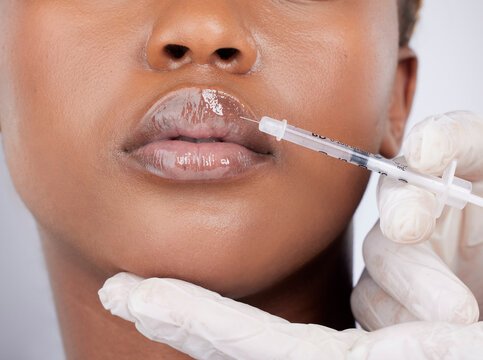

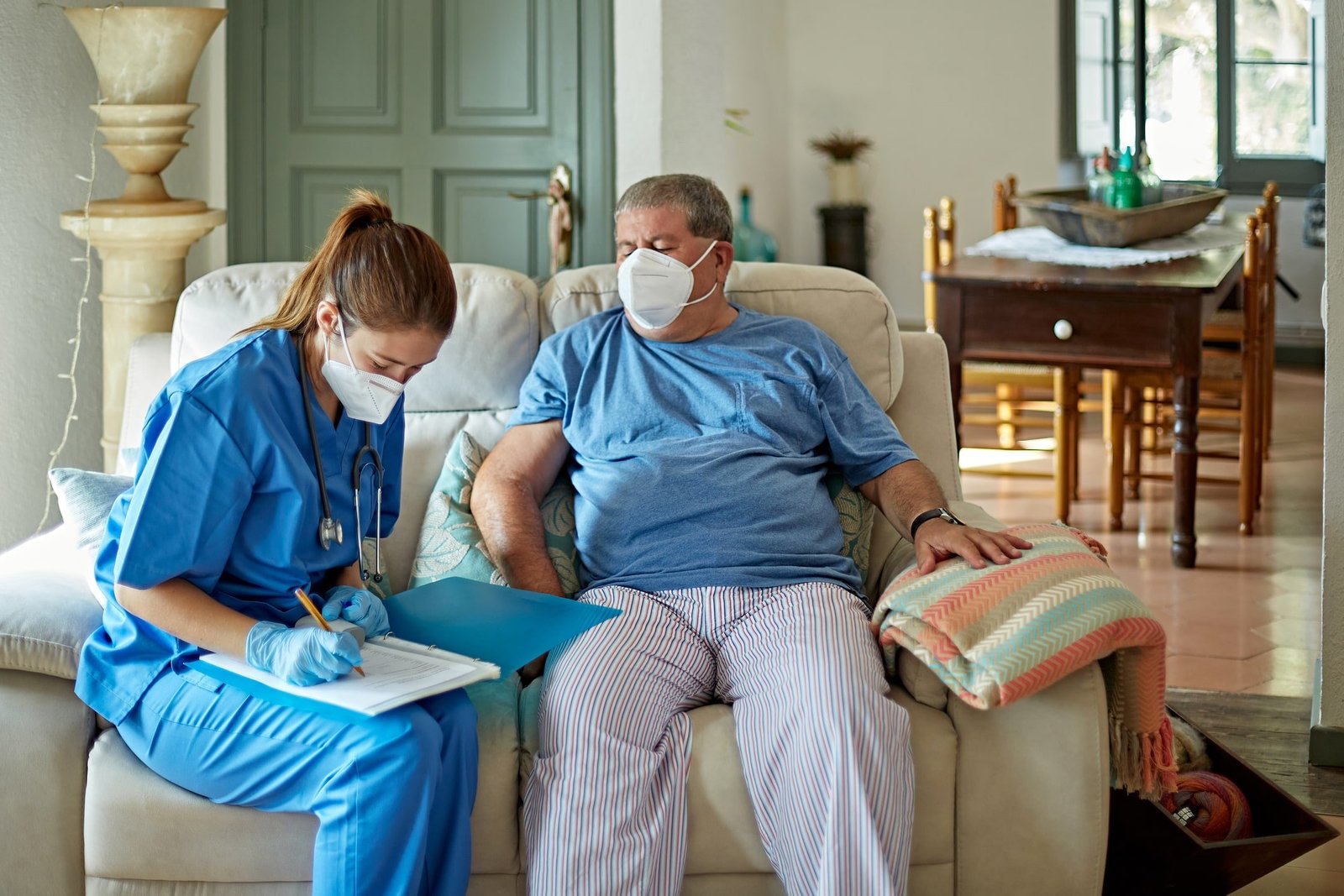
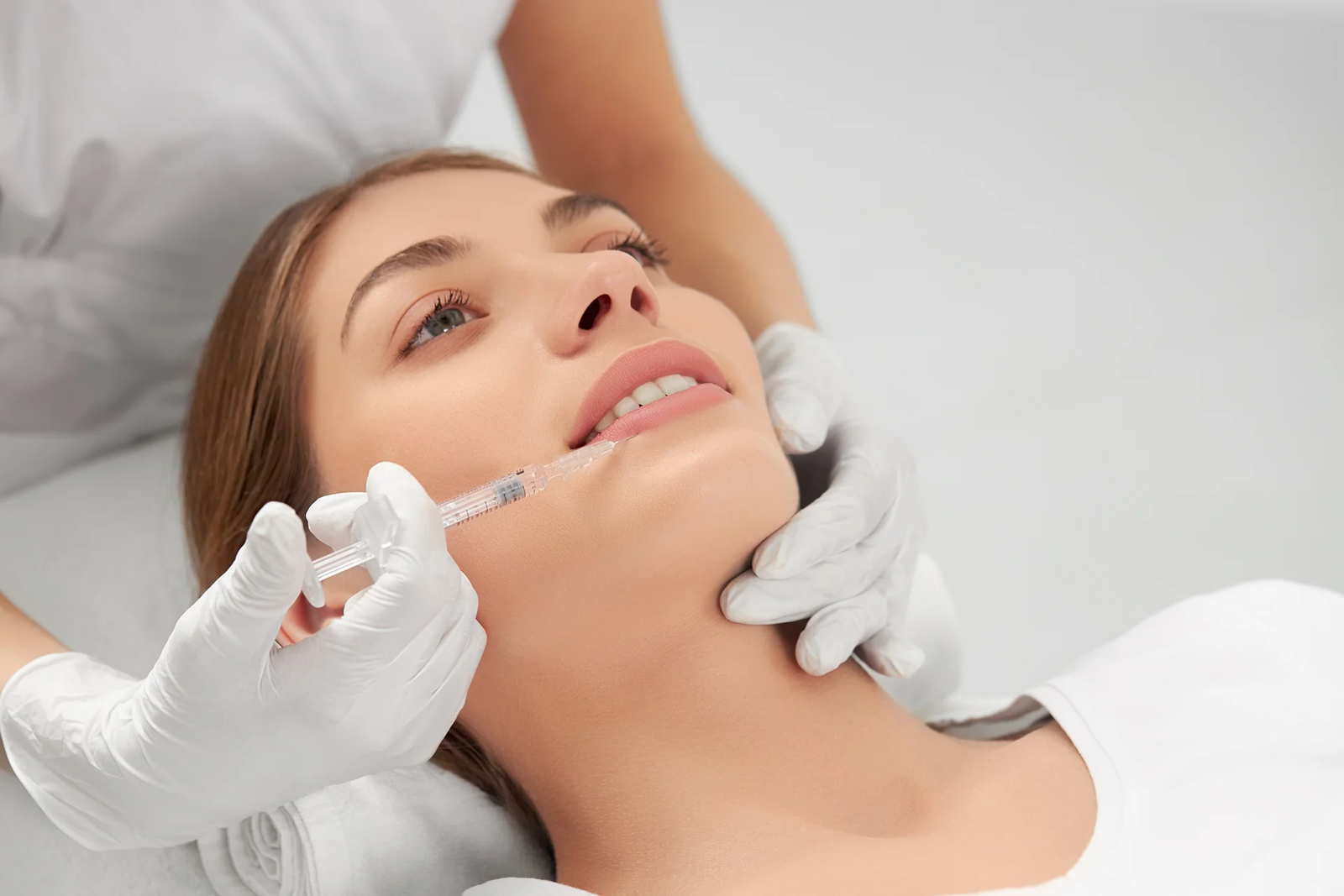
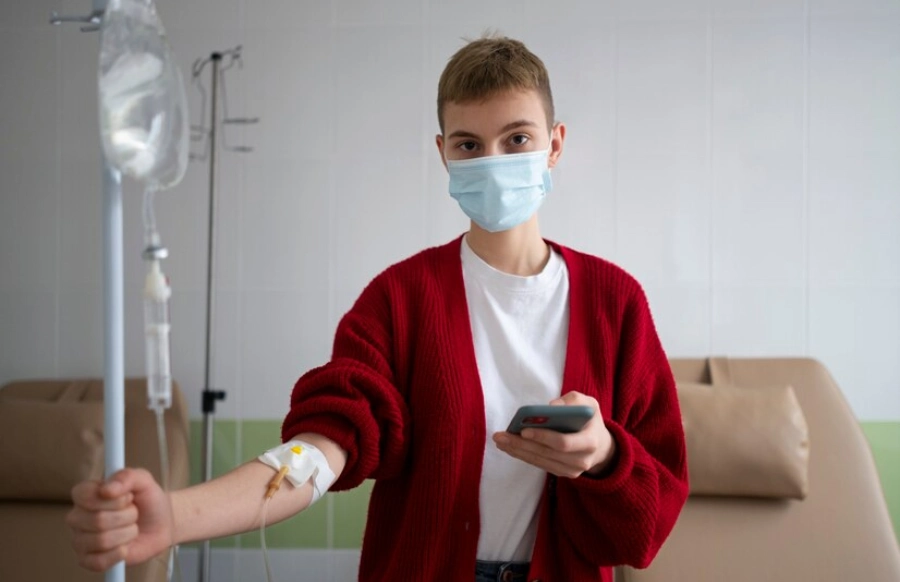
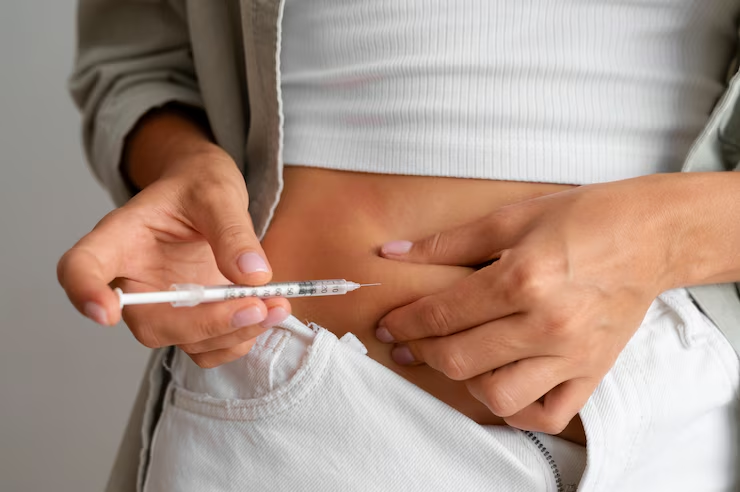
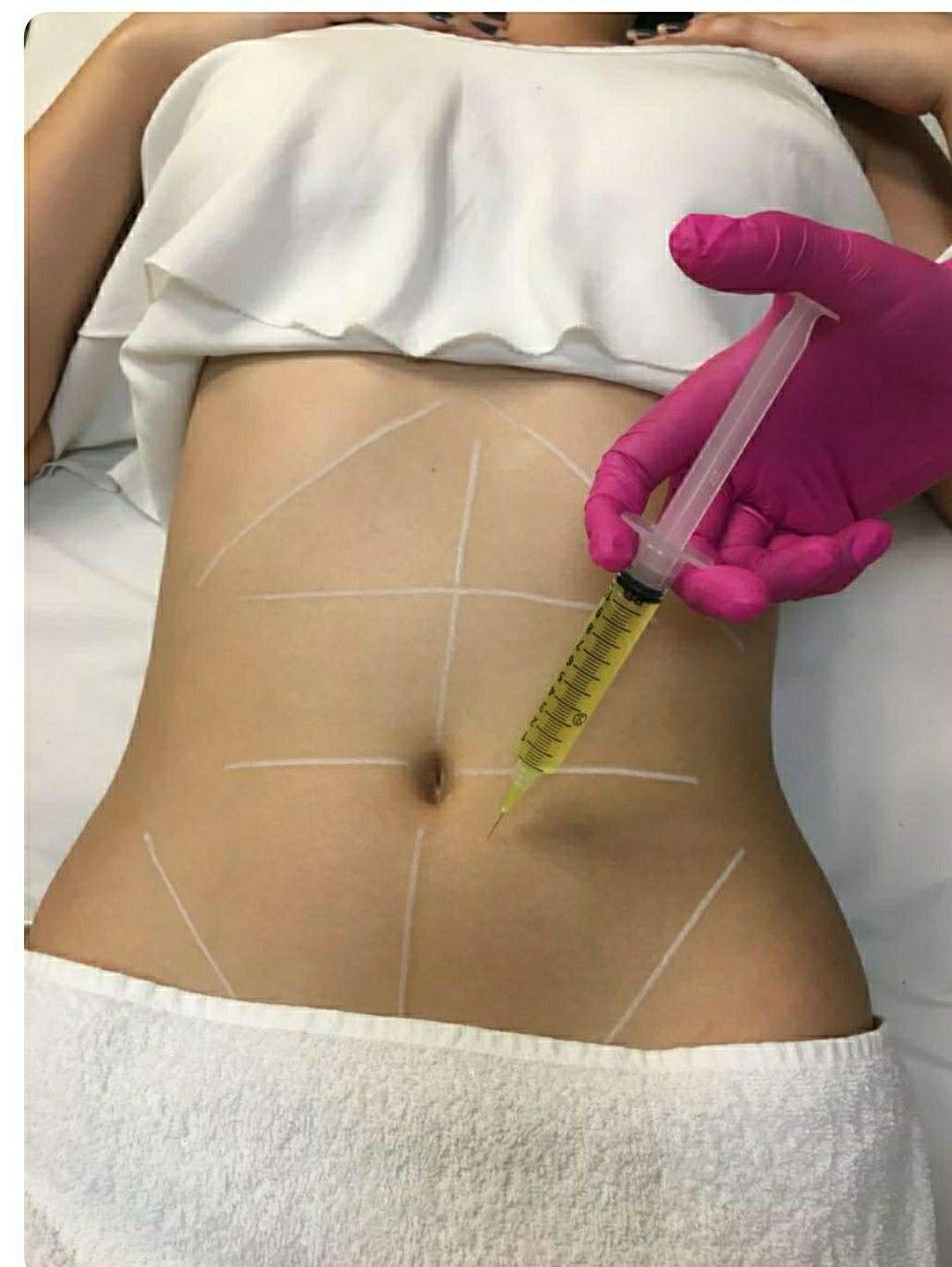


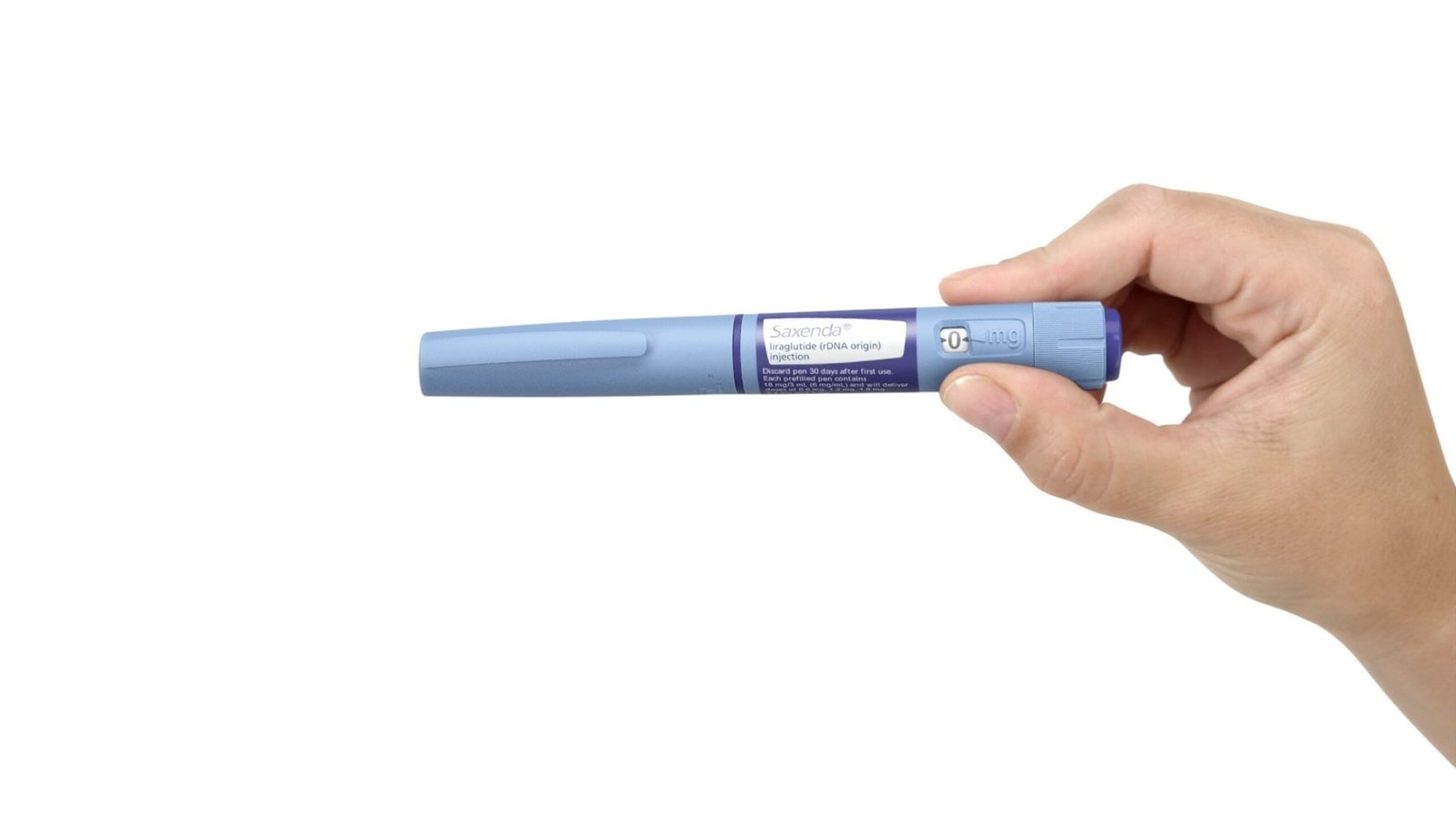




Leave a Reply